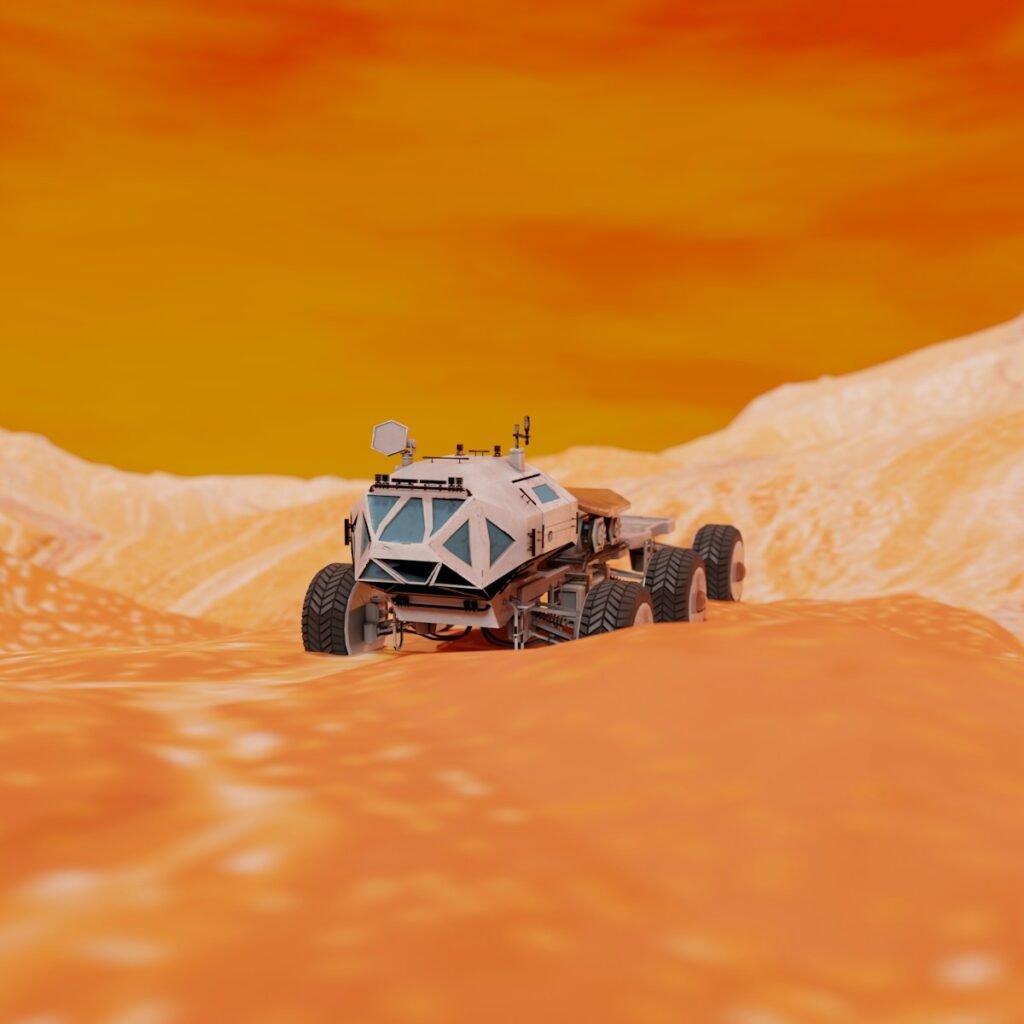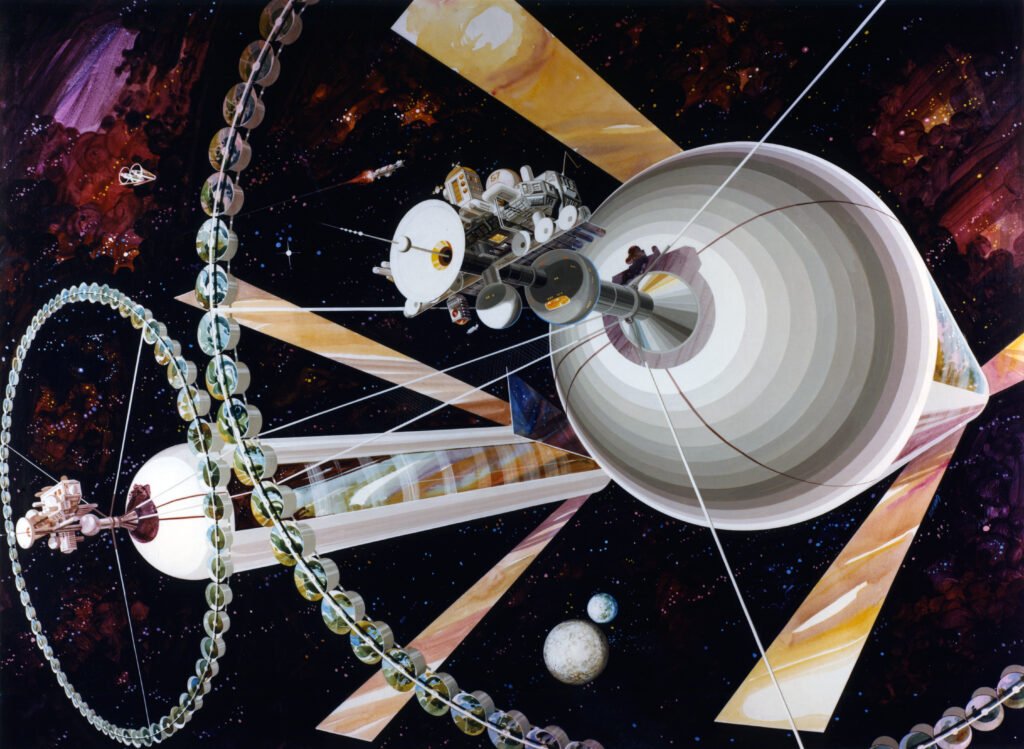The first time a human footprint pressed into lunar dust, the world realized space wasn’t an abstraction – it was a place. That simple mark drew a line from myth to measurement, from stories to science. Today, that line stretches across a solar system where robots sniff the air of Mars, scoop samples from asteroids, and beam back laser-precise data. The mystery is still there, but so is a toolbox far sharper than ever before. We’re learning not just how to visit other worlds, but how to read them – and, in small steps, how to live there.
The Hidden Clues
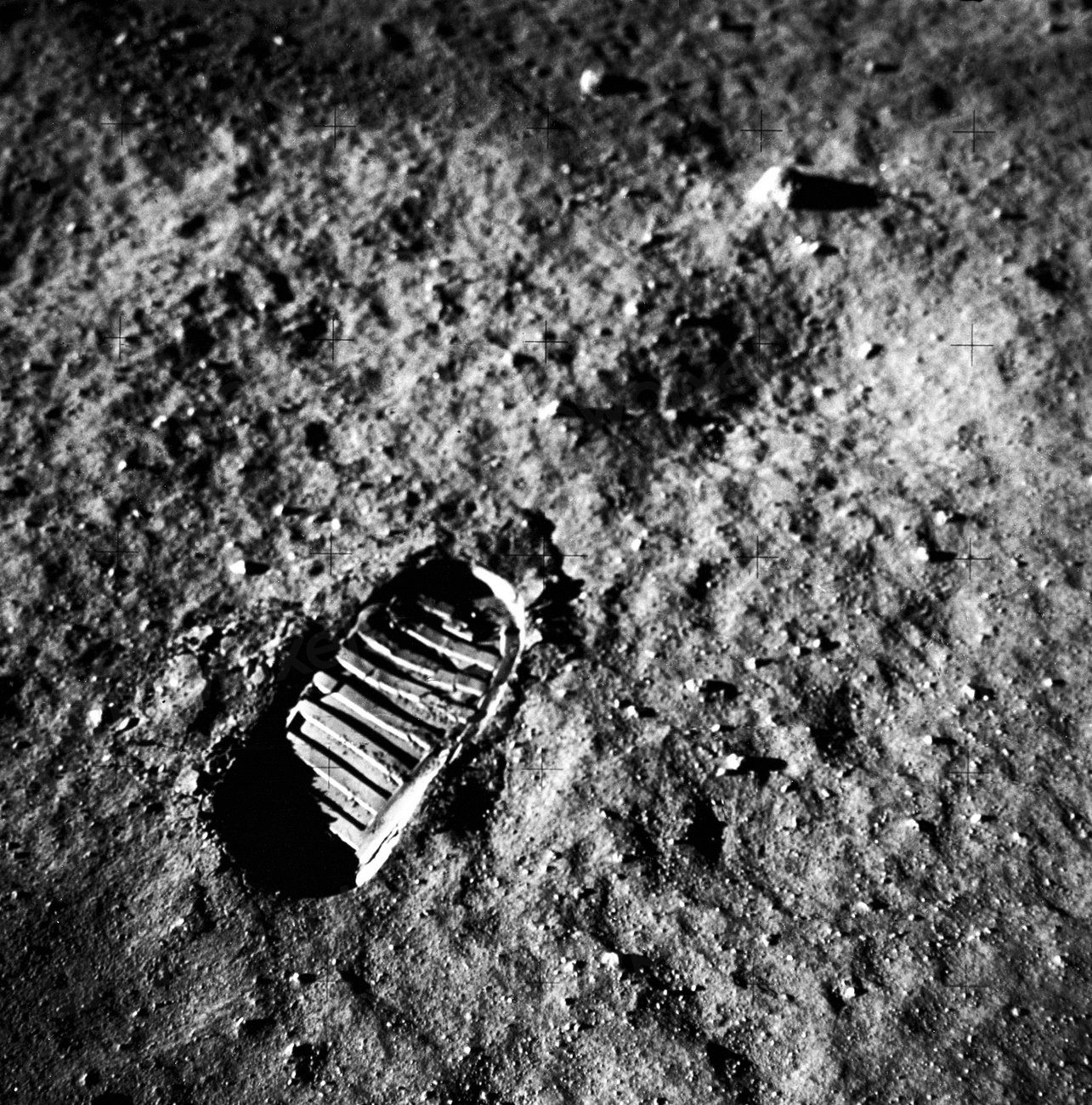
A bootprint on the Moon can survive longer than most civilizations on Earth; in a vacuum with no rain or wind, it lingers like a time capsule. That odd fact hints at why planetary surfaces are treasure troves: they preserve history with ruthless honesty. Lunar dust tells us how sunlight bakes airless worlds, how micrometeorites churn and weld grains, and where frozen water hides in shadowed craters. Mars, with its rusted plains and dried riverbeds, carries a fossilized ledger of climate flips, from wetter epochs to the cold desert we see now. Reading those clues demands instruments that can taste minerals, sniff trace gases, and drill beneath the weathered top layer.
Every spectrum, every core sample, is a page from a planetary diary we’ve only begun to translate. Patterns emerge when data builds over years: ice at the poles, salts in ancient lakebeds, organics tucked inside safe rock. The more precisely we map and measure, the more the puzzle pieces click, and the story shifts from rumor to record.
From Ancient Tools to Modern Science
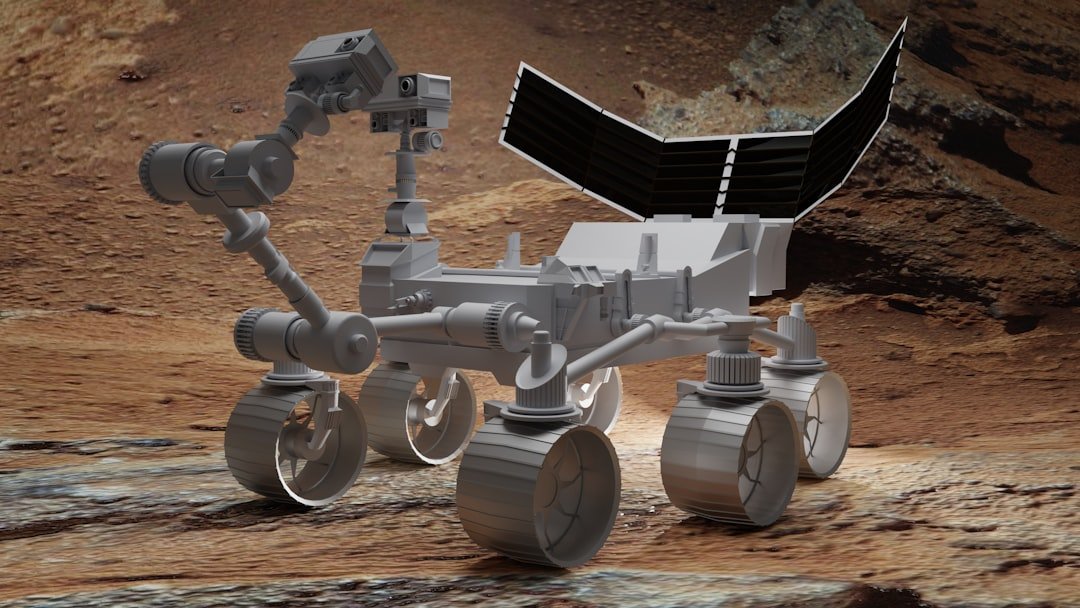
Exploration once meant sextants and star charts; now it looks like atomic clocks, deep-space lasers, and navigation algorithms running on radiation-hardened chips. The leap isn’t just power – it’s precision. Modern landers thread their way through perilous terrain using terrain-relative navigation, matching what they see to onboard maps in real time. Rovers act like rolling field geologists, carrying spectrometers, drills, and sample caches instead of notebooks. Spacecraft now test new kinds of communications that trade radio-only links for optical beams, squeezing more science through the same deep-space pipeline.
With that precision comes resilience. Systems cross-check themselves, re-route power, and make conservative choices when a dust storm darkens the sky or a thermal spike nudges a sensor. In other words, we’ve taught our machines to keep calm and carry on where help is at least millions of miles away.
Bootprints and Bytecode: The Human–Robot Tag Team
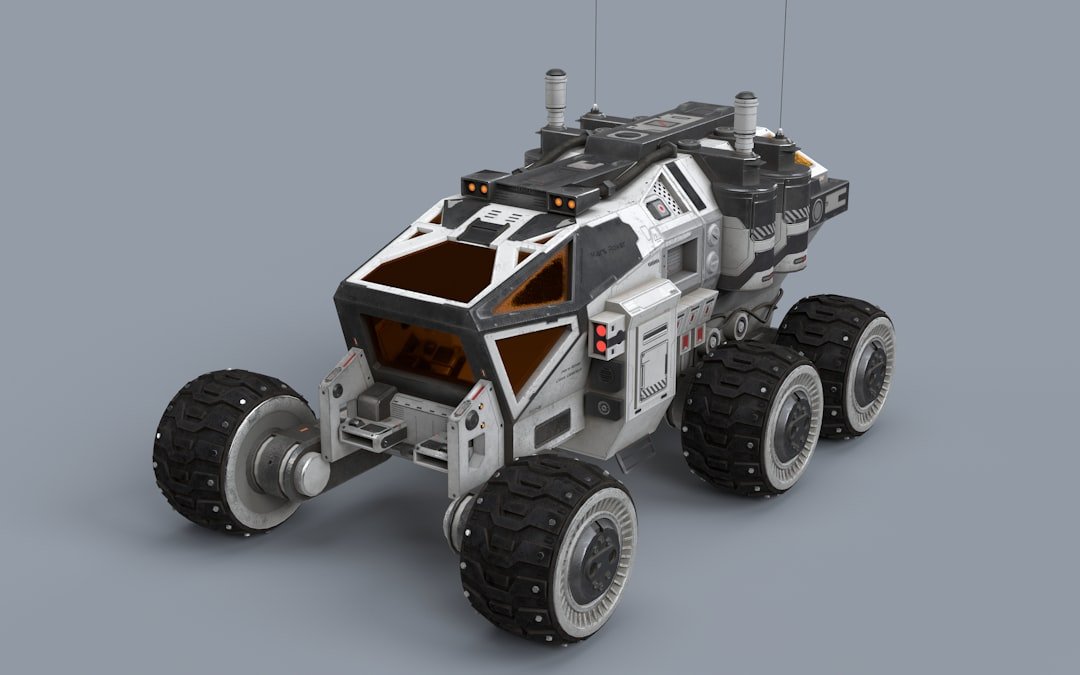
Humans are adaptable, decisive, and capable of creative leaps in a crisis; robots are tireless, cautious, and unflinching in hostile environments. Together, they’re dynamite. Crewed missions taught us how to operate in microgravity, how to fix things on the fly, and how to make judgment calls no algorithm could predict. Robotic missions scout ahead, risk the unknown, and deliver continuous streams of data without life-support overhead. This choreography turns risk into recon and recon into roadmaps.
I still remember standing under a dark sky in the desert, watching a faint dot that was a planet and knowing a car-sized rover was driving there that night. That feeling – humble and electric – captures the duo’s power: we push the button here; the science echoes back from another world. It’s teamwork scaled to the size of the solar system.
The Hidden Engineering: Dust, Ice, and the Physics of Survival
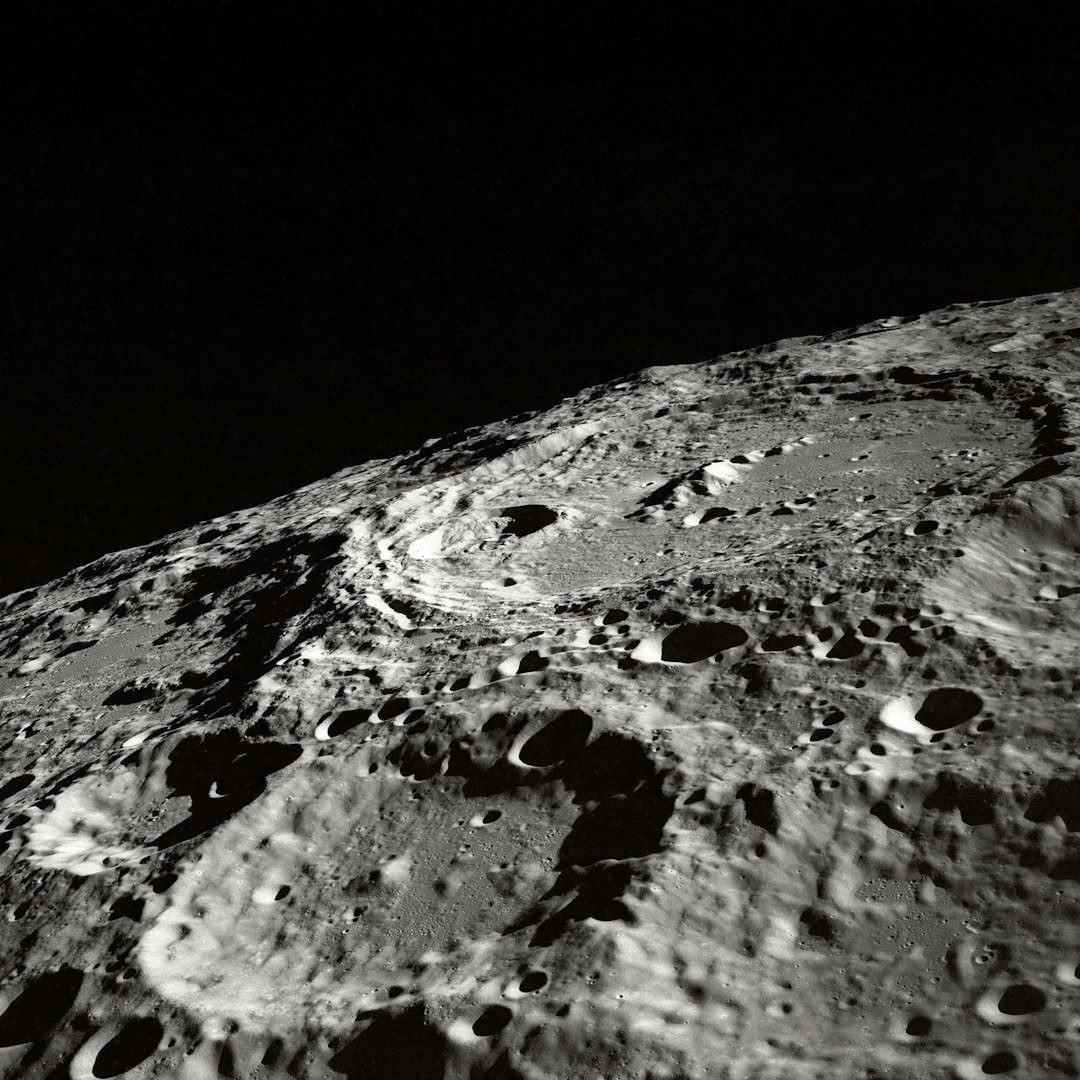
Space isn’t empty; it’s full of problems. Lunar dust behaves like clingy glass shards, scratching seals and coating radiators. Martian cold sinks into batteries; radiation nibbles at electronics; and communications lag turns every move into a chess game with lengthy pauses. Engineers counter with dust-tolerant bearings, self-cleaning solar arrays, robust heaters, and software that plans safe paths without waiting for Earth. Survival becomes a discipline of margins – extra watts, extra redundancy, extra patience.
Ice flips the script from hazard to resource. In permanently shadowed lunar craters and beneath Martian regolith, water ice can become drinking water, breathable oxygen, and even rocket propellant through in-situ resource utilization. That’s more than convenience; it’s logistics breaking free from Earth’s gravity well. The frontier gets closer when you can manufacture what you need where you land.
The Hidden Clues, Revisited: Samples That Rewrite Textbooks
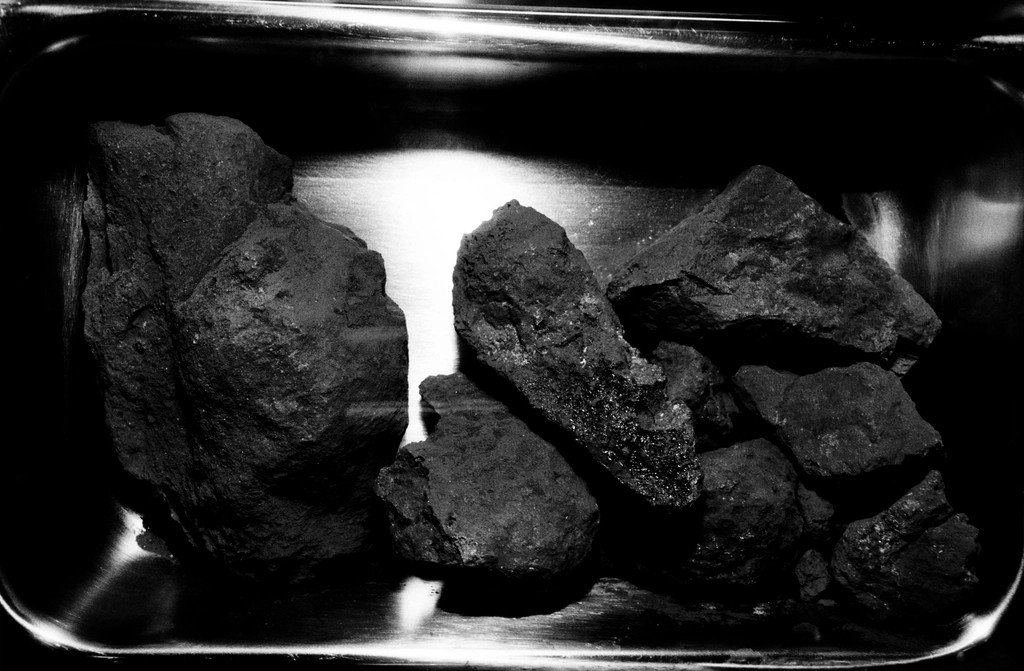
Remote sensing is powerful, but a rock in a lab can upend assumptions in a single afternoon. Lunar samples have refined our understanding of how the Moon formed, how volcanism evolved, and where resources might concentrate. Martian samples – collected now for future return – promise to test whether ancient lakes held chemistry friendly to life. Asteroid grains captured and shipped to Earth have already revealed unexpected organics and water-bearing minerals, reshaping timelines for how ingredients of life moved around the early solar system.
What’s striking is how often the small surprises add up. A subtle isotope ratio here, a mineral phase there, and suddenly an origin story shifts. The big discoveries rarely arrive as fireworks; they accumulate like snow, quiet and undeniable, until the landscape looks different when we wake up.
Why It Matters
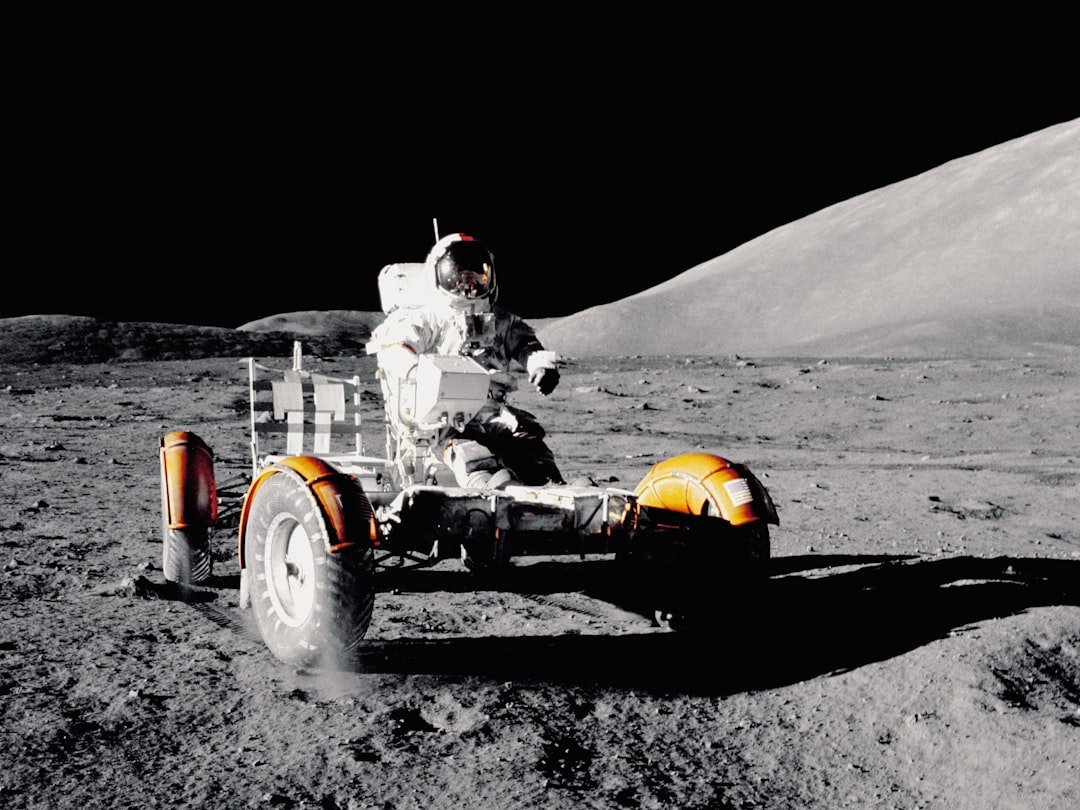
Space exploration is not a luxury; it’s how a species native to one planet learns to manage risk, resources, and knowledge at scale. Weather satellites and GPS came from the same playbook that lands rovers, and the spillovers continue: stronger materials, smarter autonomy, and cleaner power systems. Compared with traditional field science, planetary missions compress decades of geology, chemistry, and climate work into a single platform, coordinated with orbital scouts and global sensor networks. The payoff reaches back to Earth – better climate models, sharper disaster forecasting, and technologies that make energy and transportation more efficient. In a world facing rising seas and shifting weather, that feedback loop is not optional.
There’s also a cultural dividend that’s hard to quantify but easy to feel. When students see a machine hop a crater rim on another world, they lean in. When nations cooperate on a complex mission, they practice trust under pressure. Exploration makes tomorrow bigger than today, and that has a way of pulling us forward when fear would rather hold us back.
Global Perspectives
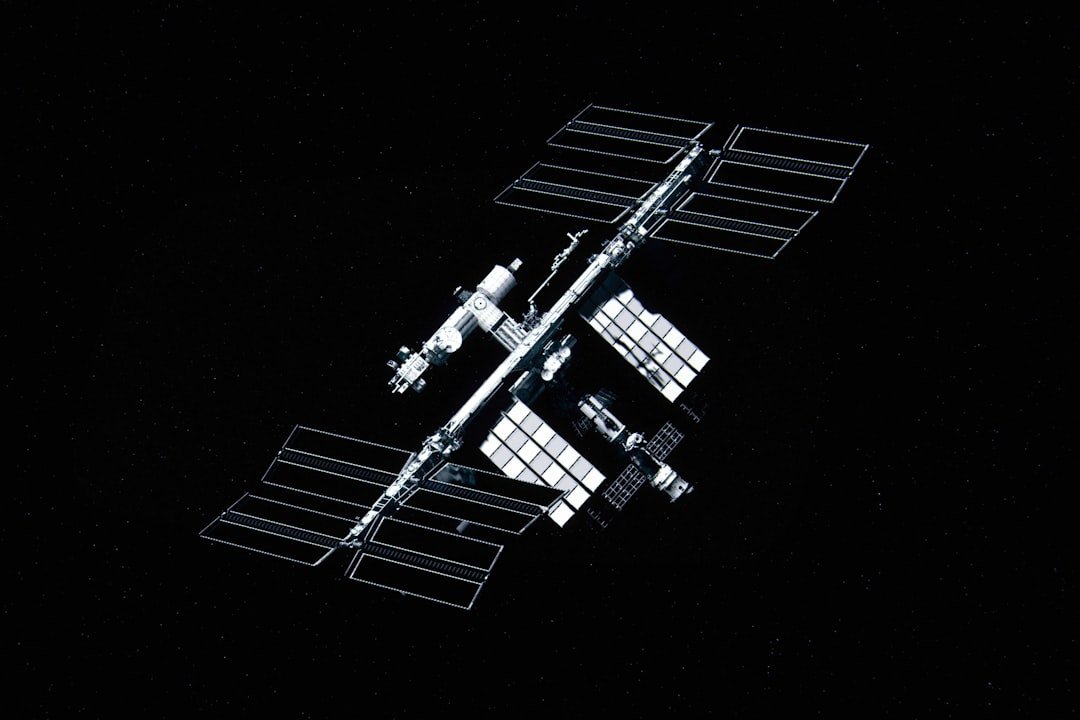
Space is no longer a single-flag story. Multiple nations have landed on the Moon in recent years, while others orbit Mars, scout asteroids, and test precision landings that would have been unthinkable a generation ago. Competition sharpens tools, but collaboration multiplies reach: shared tracking networks, joint instrumentation, and cross-agency data policies are now standard practice. Universities from every continent contribute instruments, software, and analysis pipelines that keep missions humming long after headline day. The result is a distributed brain trust that treats the solar system like a shared field site.
That diversity matters because no one nation owns the best idea every time. When one program stumbles, another can lend a hand or provide a complementary dataset. The sky is complicated; it helps to have many eyes and many minds.
The Business of Getting There
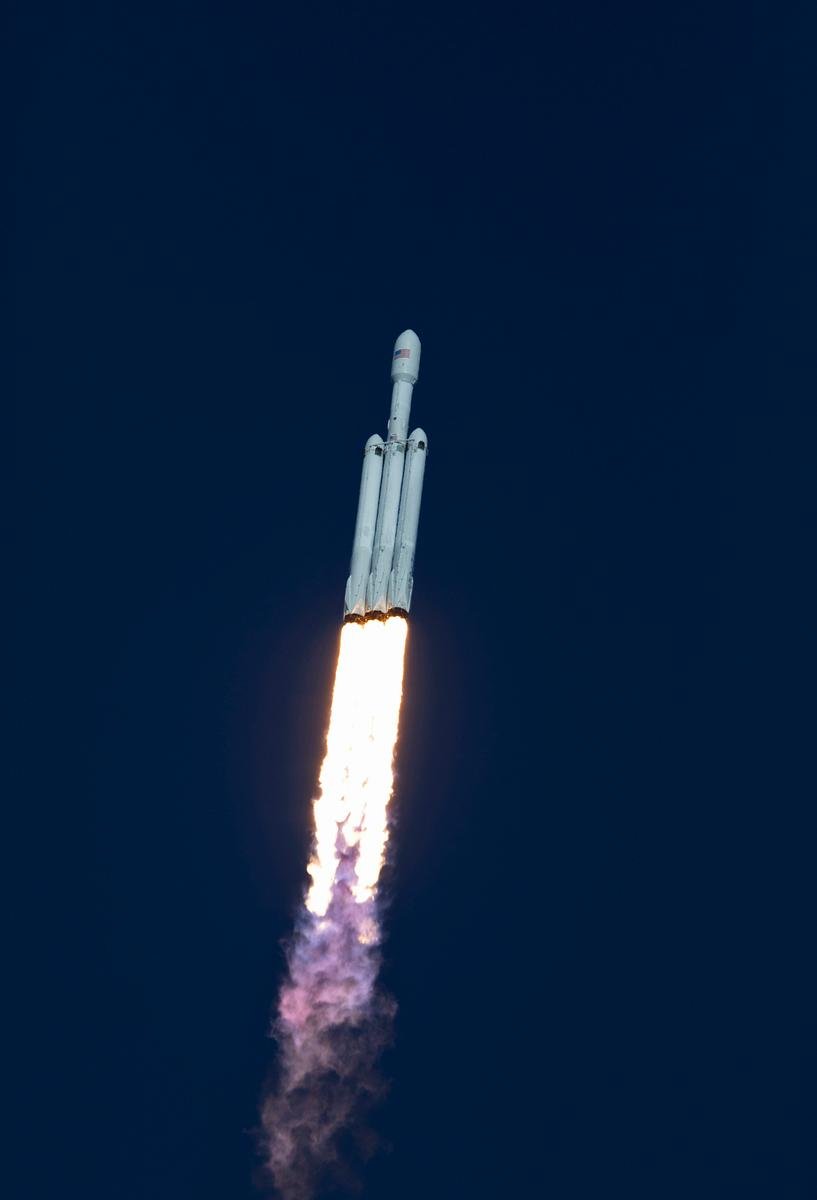
Lower launch costs and rapid reuse have turned mission planning from scarcity math into possibility math. When rockets fly again and again with just routine refurbishment, payloads get bolder and timelines tighten. Commercial landers can deliver specialized instruments to the Moon on faster cadences, while private spacecraft test new comms, navigation, and power systems. That doesn’t replace national programs; it augments them, freeing agencies to focus on deep-science payloads and more ambitious human missions. The ecosystem gets healthier when the toolbox grows wider.
Money, of course, still matters. Budgets swing with politics, and schedules bend under the weight of reality. But a marketplace for space services spreads risk and rewards ingenuity. It’s a long way from the one-rocket, one-mission era, and that shift is unlocking science we used to only sketch on whiteboards.
The Future Landscape
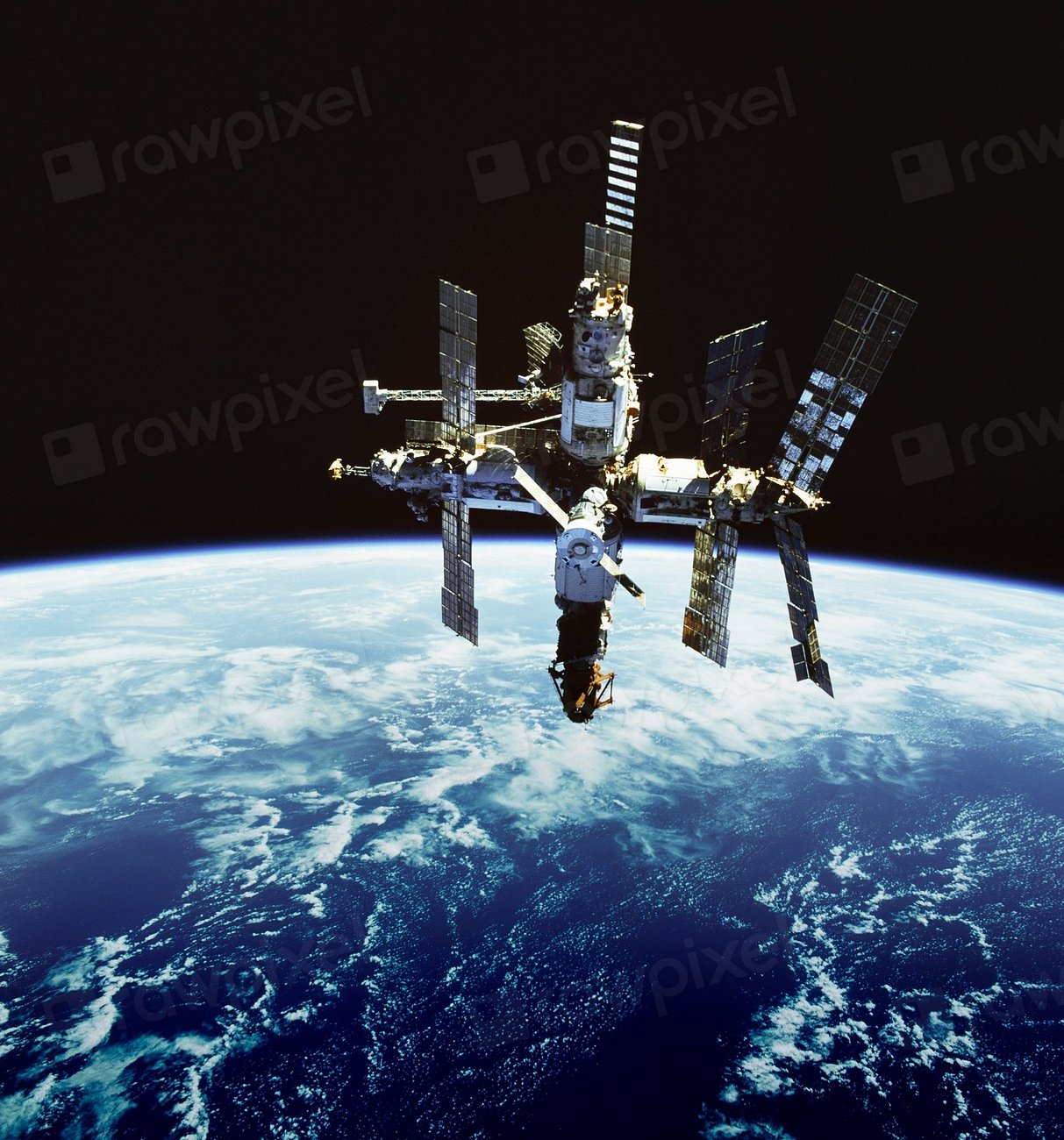
What’s next looks both familiar and radical: bigger launch vehicles to move heavy habitats, more autonomous rovers that make field decisions in minutes, and precision landings near lunar ice to test living off the land. Power systems are diversifying, from high-efficiency solar to advanced fission, to keep equipment running through long nights and dusty winters. Navigation is getting local, with lunar and Martian beacons acting like GPS for other worlds, so crews and robots can rendezvous without waiting on Earth. And propulsion is poised for a refresher, with concepts like high-thrust nuclear thermal engines promising faster, safer Mars transits. Put together, these pieces sketch an era where multi-year expeditions feel routine rather than heroic.
The challenges are equally real: safeguarding planetary environments, building reliable sample containment, and agreeing on rules that keep precious resources from becoming a tragedy of the commons. Cybersecurity will matter as much as radiation shielding, and mental health will be as critical as fuel margins on long voyages. Still, the trajectory is clear – steadier steps, broader participation, and science goals that grow more precise with each mission we fly.
How You Can Join the Journey
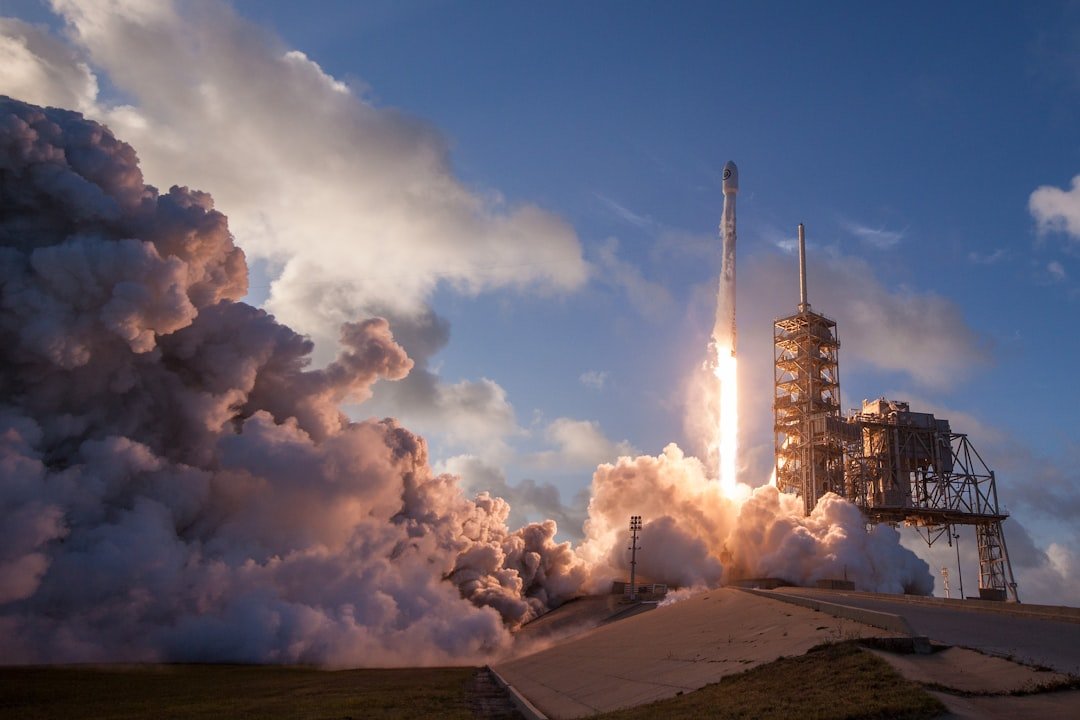
You don’t need a launch pad to be part of this. Start by following mission dashboards and public image releases; many teams post raw data you can explore from a laptop. Support classroom programs that bring real space science to students, and nudge local libraries to host nights where communities decode fresh images together. If you can, back citizen-science projects that classify craters, track meteors, or comb rover panoramas for subtle geological features. Advocacy counts, too – reach out to representatives about sustaining long-term science funding that doesn’t evaporate after one news cycle.
Most of all, keep your curiosity noisy. Ask hard questions about how we explore and how we share the benefits back home. The cosmos doesn’t need us, but we need what it teaches: patience, precision, and perspective. The next footprint – metal or human – will be laid by choices we make today. Are you ready to help decide where it lands next?

Suhail Ahmed is a passionate digital professional and nature enthusiast with over 8 years of experience in content strategy, SEO, web development, and digital operations. Alongside his freelance journey, Suhail actively contributes to nature and wildlife platforms like Discover Wildlife, where he channels his curiosity for the planet into engaging, educational storytelling.
With a strong background in managing digital ecosystems — from ecommerce stores and WordPress websites to social media and automation — Suhail merges technical precision with creative insight. His content reflects a rare balance: SEO-friendly yet deeply human, data-informed yet emotionally resonant.
Driven by a love for discovery and storytelling, Suhail believes in using digital platforms to amplify causes that matter — especially those protecting Earth’s biodiversity and inspiring sustainable living. Whether he’s managing online projects or crafting wildlife content, his goal remains the same: to inform, inspire, and leave a positive digital footprint.

